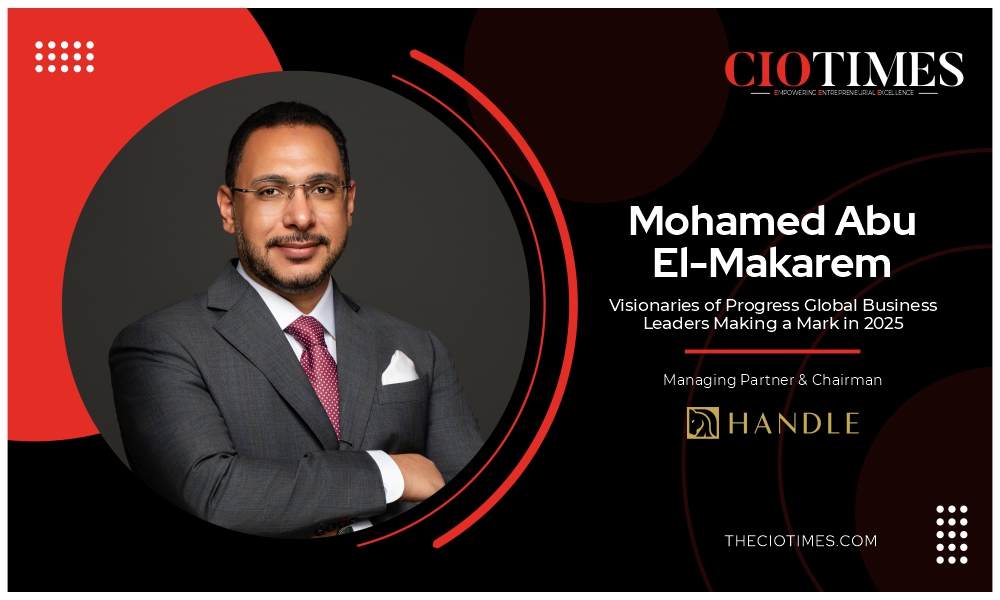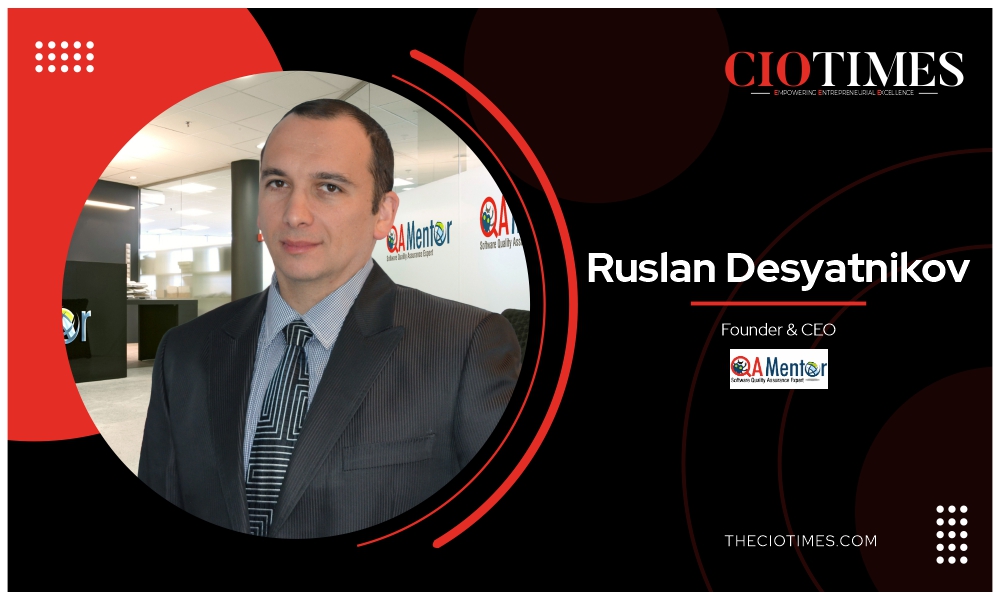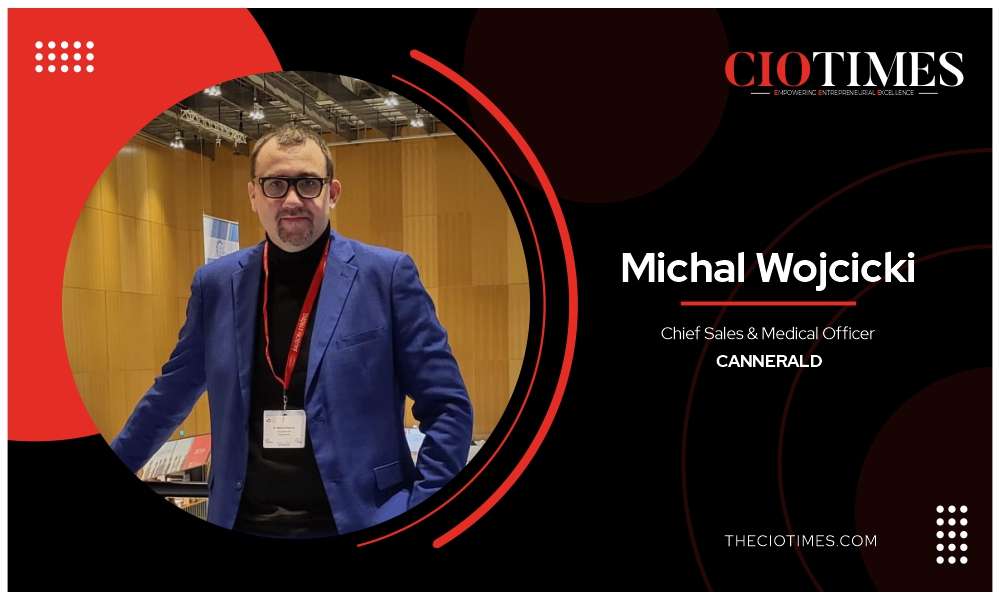Of all the ways we can make a difference in someone’s life, helping them learn is perhaps the most crucial one. When we help someone learn, the impact isn’t momentary; we empower them to lead a life on their own.
As a 16-year-old, Dr Geri Gillespy worked for El Toro Youth Center as a tutor for the children in the migrant farm camps in the south San Jose area of California. She worked with one little girl who was held back in 1st grade because she could not read. She bought a phonics program with her own money and worked with the child and her teacher until she could read independently well. By February, she was back in 2nd grade and doing great. Her teacher wrote Geri a letter and thanked her for the work she did and shared how much she helped impact that little girl’s life. That is when she got hooked on the power education brings.
Dr Gillespy spent the next 23 years in public education as a teacher, academic coach, assistant principal, principal, and then district administrator. As an educator, she has strived to think out of the box to empower and inspire her staff and students to take risks, be curious, and enjoy the journey. She earned four degrees in Education, including an Education Specialist degree in Executive Leadership and Superintendency and an Education Doctorate in Curriculum and Instruction with an emphasis on educator practice integrating technology in instruction.
Leap of Faith
One of the biggest shifts Dr. Gillespy took in her career was when she decided to take a role three and a half years ago working with the Customer Engagement crew on the Worldwide Education Experiences team for Microsoft. She worked with Microsoft educators and partners all over the world leading their professional development strategy for Engineering until she moved to the US Microsoft Education team as a Sr. Industry Executive. On the US Education team, she managed the US Training Partner Program and worked with amazing education organizations all over the country. However, during the latest reorganizational shifts and changes, the team she was working on was absorbed into the company, so she is on a new adventure in education. “I loved my work with Microsoft, and I worked with some of the most incredible, intelligent people, however, even in that role, I always missed being in a place where I could have a direct impact on students again,” says Dr Gillespy.
Currently, Dr Gillespy is working on writing a book on instructional models and technology integration, as well as starting her own podcast to celebrate education with real conversations.
Based on her work and research, she was also recently invited to be a reviewer for the American Education Research Association (AERA) submissions for their annual meeting in April 2024. Most importantly, she is back to her roots working in a school with students and staff at Innovate Academy and Preparatory School, located just outside of Boise, Idaho. She will still be managing her own education consulting work with Next Gen Education Consulting; however, she will also be leading the charge for the middle and high school programs. The instructional model of the school is based on real-world problem-solving and hands-on application preparing students for the next generation. Students are learning skills in financial literacy, service community, personal responsibility, and mindfulness using project-based learning principles to prepare students with entrepreneur skills for a global economy. “The school community is amazing, and I am so excited to join their team. I am so grateful to find a place where I can work hands-on in an innovative, thinking, and learning community, while still working to support educators and leaders all over the world,” exclaims Dr. Gillespy.
Challenging Times
Dr. Gillespy became a building administrator during the recession of 2007 – 2010 when the United States lost over 300,000 educators. She believes this was the first mini-crisis in United States education, and they had not fully recovered when the pandemic hit. Dr. Gillespy was hired to lead a building of over 620 students and a staff of 67 people with multiple US educational programs, including a building-wide Title I program, an English Language Learner program, and three different special education programs including a special education preschool. They were also identified as a low-performing school under ‘No Child Left Behind’ testing compliance and were threatened with reorganization the following school year.They lost nine instructional days because of budget cuts at the national and state level and were needed to meet testing compliance for the next year.
The learning community felt uncertain, frustrated, and worried, and Dr. Gillespy’s biggest challenge as a new leader was to gain the trust of everyone to get them to work together, engage as a community, and give them hope again. They wrote grants, changed instructional strategies and schedules, and became one of the first five buildings in the state to implement a complete blended learning model. They also met their learning goals and became one of the top-performing schools in the district and state for growth. They learned together and grew as a staff. As an educational leader, Dr. Gillespy discovered the power of transformational leadership in supporting and inspiring an amazing, supported staff.
“Everything we accomplished was because of the teamwork and collaboration of the teachers, leaders, and staff that came together in the building to be innovative, goal-orientated, and open-minded to change mindset and practice to impact learning for students. It was not easy and every day there was a new challenge, however, we came to school daily knowing that we could make a difference. The skills I learned as an educator, leader, and community member influenced the rest of my career and enabled me to become the person I am today in education,” asserts Dr. Gillespy.
Education after The Pandemic
The pandemic was disruptive and devastating for many, especially for the global education systems. It emphasized and created more barriers to the challenges that already existed in education, such as teacher and resource shortages, achievement gaps, and lack of infrastructure and access to connectivity. Dr. Gillespy points out that at the beginning of the pandemic, we could see how schools and educational systems lacked the infrastructure, knowledge, or skills to work remotely. The remoteness was also devastating to the culture and the morale of some learning communities. That is because education is a complex, social institution, and is not meant to work or grow in isolation. It is about the community and the people that make up the community. When the community is hurting, the schools and institutions feel the pain and the disruption. Especially, if there is a lack of systems or resources to address the challenges they are facing.
However, today, we can start to see how the global system of education is fighting back with resiliency and determination. Educators and learners experienced how to communicate and work asynchronously and synchronously with other regions around the world, which is parallel to the work of the global economy. There are new, innovative programs to address staff shortages, access to devices and connectivity, as well as community reskilling programs. Schools and institutions are learning new strategies, adopting new practices, and adapting to meet the needs of their learning communities. The pandemic also highlighted how community, business, and government partnerships could work better together to support schools and education. According to Dr. Gillespy, educators need to:
1) continue to grow and develop the strategies they learned that were successful during the pandemic,
2) develop fluid systems of communication so staff and learners can work remotely, however, not in isolation, and
3) continue to embrace the changes that the pandemic has caused with innovative solutions.
Educators are problem solvers, and that is what is guiding students to a path to recovery.
Preparing Students for the VUCA World
Dr. Gillespy suggests that as education systems grow and evolve, we need to integrate more shifts towards instructional strategies and models that focus on inclusivity, as well as intrapersonal and interpersonal skills. We will be more prepared to handle and face the ambiguity of the changing world if we can better understand the people and the audiences we are communicating with as we learn new content and skills. The education industry is unique to other industries because at all levels they are facilitating and sharing knowledge to help learners develop and change their knowledge and application. “Although teaching is our career, we are teaching 90% of our students to go on to jobs and careers that may not even exist. Therefore, we need to ensure our learners have the metacognitive, adaptive, critical thinking, and communication skills to exist and be successful in a growing economy,” she says.
Technology as an Aidee to Educational Services
Technology is an essential tool to function in the world today, however, educational institutions often still struggle with adoption and implementation. When discussing technology integration in education, Dr. Gillespy suggests that we should be open to new ideas, reflect often, and remember to use the knowledge we know works when adopting or implementing a new strategy or program. Although technology is meant to be a practical application of science, in many educational systems we often do not follow the same processes or systems that we know work when developing shifts in practice. We of course still want to be innovative in thinking and proactive in preparing learners for future jobs and careers. However, we also need to be intentional and purposeful so that we can sustain a system that will learn and grow with society and the economy. “Technology is the one “thing” that is utilized in every area of an educational institution, from the business office to maintenance departments, to the learner in the classroom. Each one of those departments and roles needs different digital tools to be successful, which means there needs to be flexibility, autonomy, and a system of support to meet the various needs of the learning community to still be effective,” she says.
Dr. Gillespy asserts that we cannot avoid technology, and we cannot keep it completely out of our system, because it is part of the reality of the world we work and live in today. We can, however, be proactive and build systems that address both the external and internal factors of transformational change, implementation, and adoption.
External factors are essential and include the operational side of technology adoption, including costs, access to devices, hardware, and the infrastructure to sustain a system at scale. However, there are also internal factors that are the barriers we cannot see or add to a check-off list when developing systems of adoption and implementation and are critical to the success of the system.
These internal factors include self-efficacy, self-confidence, and belief in the value of using technology in education. Meaning, you may have devices and provide training for staff and students, however, if they do not believe they can be successful using them or do not think it is necessary to do their work, they will not use them. “There needs to be a balance of planning, implementation, support, and continuous development in both external and internal factors of technology adoption. Education institutions will always have those early adopters that are going to research, pilot, and add tools and practices.
Those are the people that will help design the system. The question is, ‘How are you going to support and bring in the rest of the system?’ to be forward thinking while still being effective, which requires systems thinking,” she suggests.
Evolving Educational Industry in the Next Few Years
There are a few current trends that came out of the pandemic that Dr. Gillespy feels will positively impact the educational system. The open discussion and integration of technology continue to bring educators from around the world together to change mindsets and shift practices using digital tools. It is no longer an isolated “Edtech discussion”, but rather a general educational practice discussion with leaders and teachers that did not previously engage in these conversations.
Whether this impact is positive or negative depends greatly on the level at which educational institutions are proactive versus reactive to the trends. Globally, educational systems need support and resources to be proactive in thinking and not forced to be reactive to challenges that they may not have the ability to control in their community. To meet the demands of the growing and evolving economy, educational systems need time, resources, and autonomy to be proactive and strategic in thought leadership. Especially in designing new systems and instructional models that are adaptable, and accountable, as well as meet the social and emotional needs of the entire learning community.
Dr. Gillespy would like to see continued global collaboration between educators and leaders. It is easy to become isolated in education because of the magnitude of the role and what needs to be accomplished. However, if we are going to create an educational system that is learner-focused and creates more producers of information and resources for the economy, we will need to match the global workstreams that exist in the world. In the United States specifically, she would also like to see a shift in how new teachers are educated to a model that aligns more with current systems in schools. Various pre-service programs are still using methods from decades ago, and the students lack the time and hands-on experience to learn and improve their practice in application.
“Most importantly, I would like to see additional ways to celebrate the work that learning communities are doing across the globe. Part of our role as educators is to be realistic, to evaluate and assess what is working, and then make changes as part of continuous improvement. However, we also need more opportunities to recognize and celebrate the voices and faces of our educators, learners, and families that are making it work and impacting the world every day,” concludes Dr. Gillespy.
Quote: I believe power is in collaboration and teamwork, and I feel successful when I help others succeed.
A Quote to Live By:
“Do not go where the path may lead, go instead where there is no path and leave a trail.”
This quote is credited to Ralph Waldo Emerson, however, there is a question as to if it is words he actually printed. However, it is on plaques throughout my house and one I have lived by since I started my career. Anyone who truly knows me would agree, it is me. I have always been and will continue to be, the teacher, the administrator, the changemaker that is not afraid to take risks and fail forward to improve the system for all.





